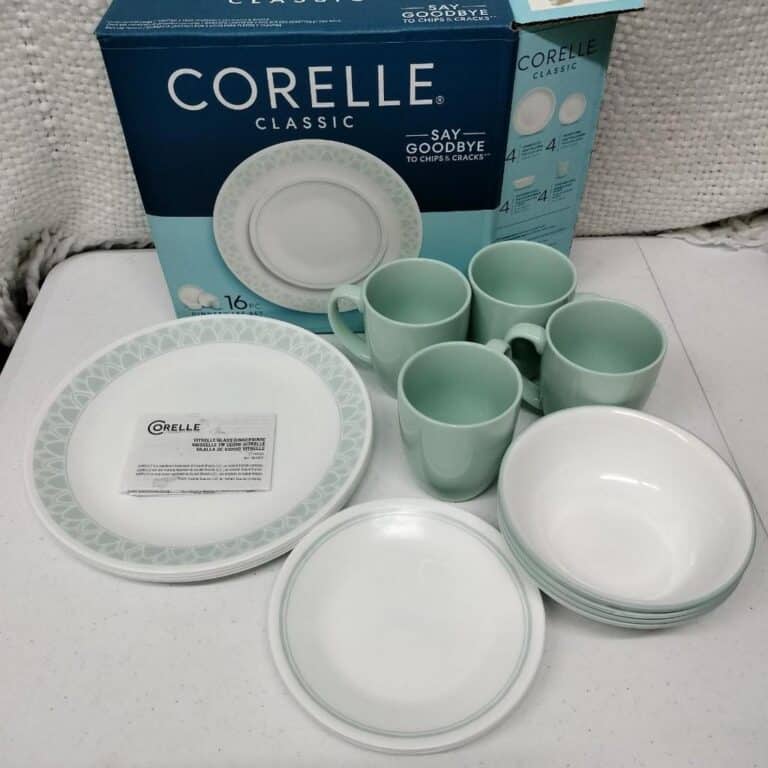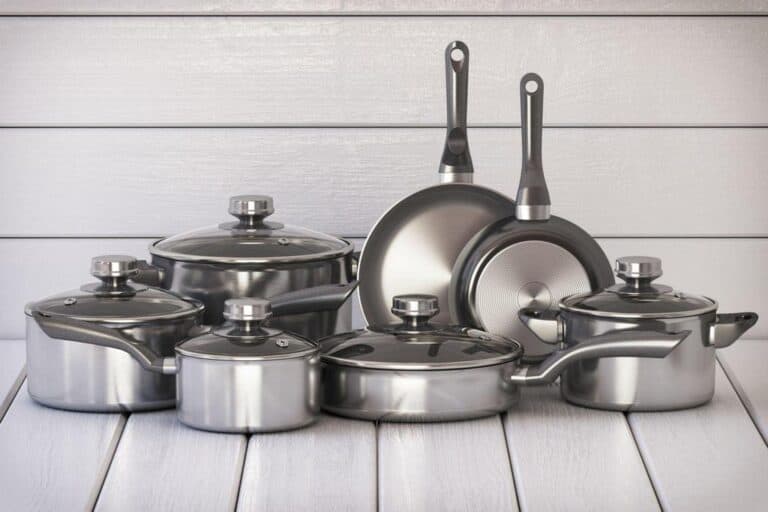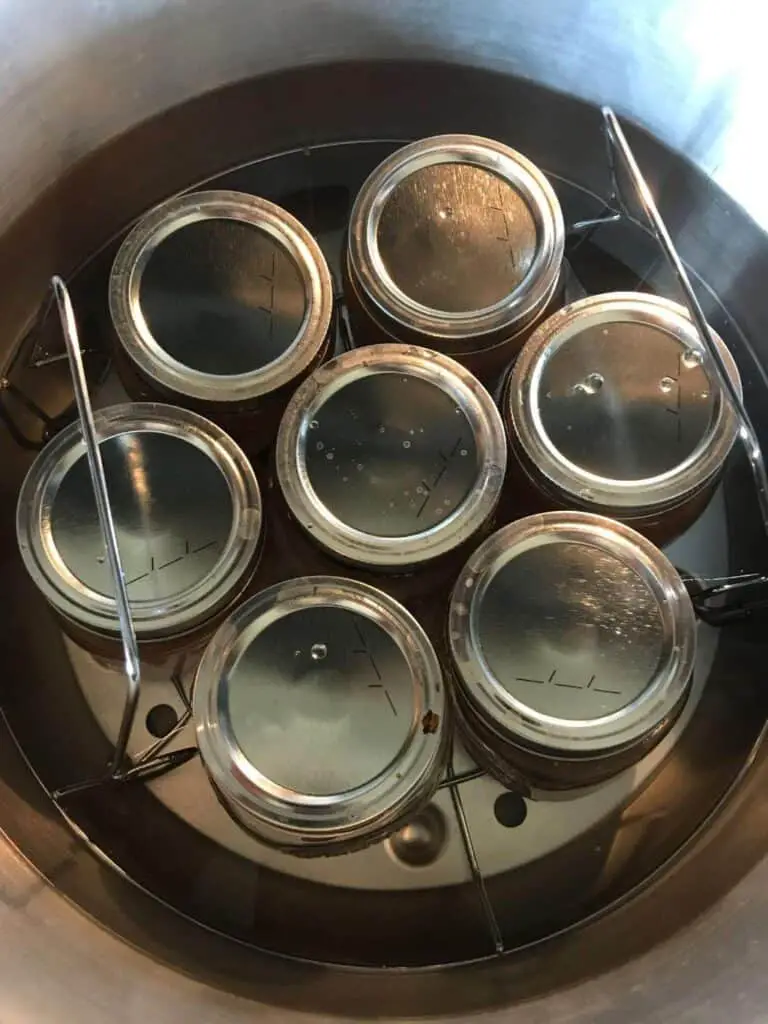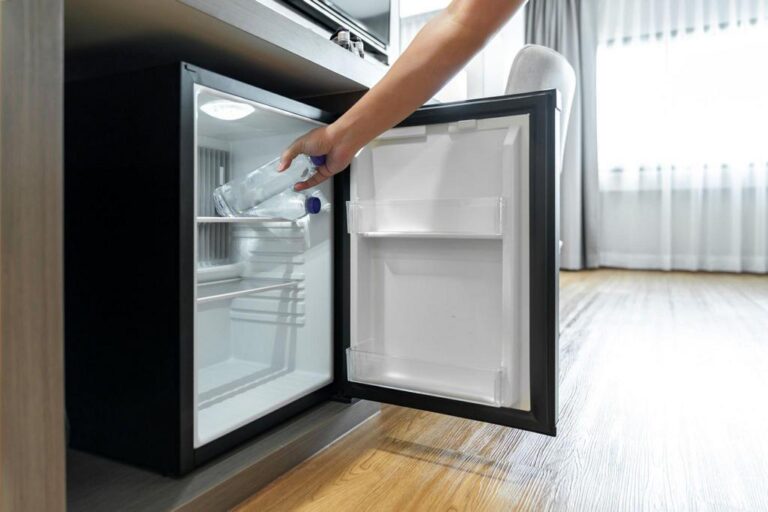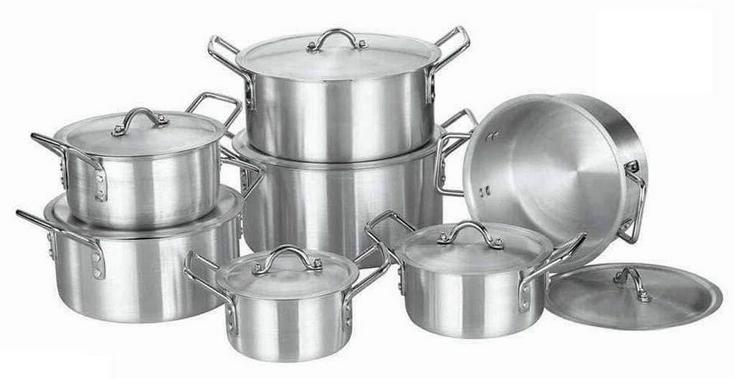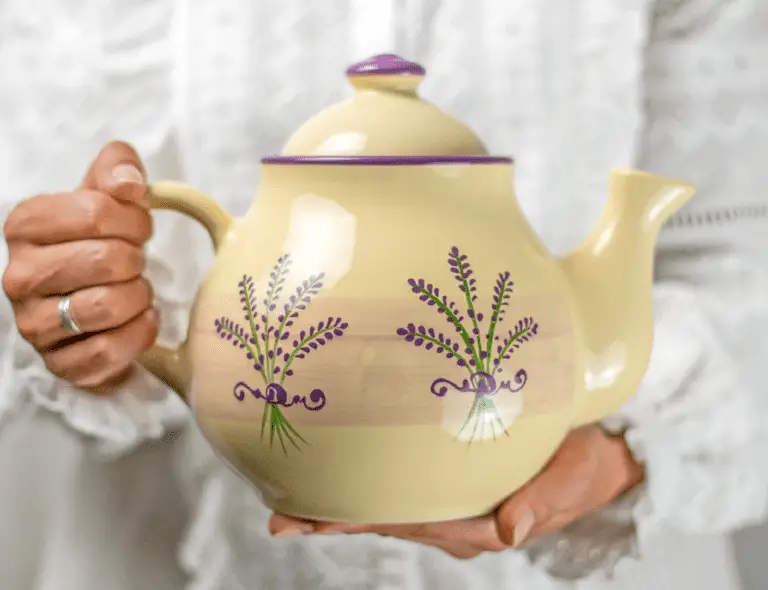Is Stainless Steel Toxic When Heated? (Is It Safe for Cooking?)
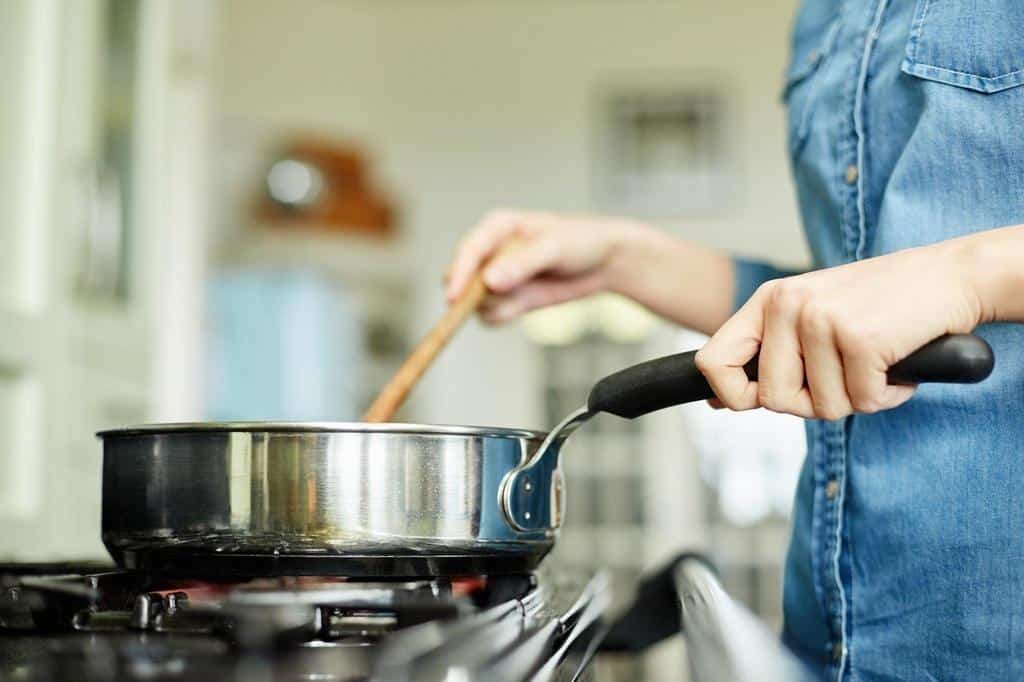
When it comes to choosing cookware, safety is a top concern. Stainless steel has been a popular choice as a cookware material for a long time because it has so many good qualities. From its durability and hygienic properties to its heat conductivity and versatility, this metal is an ideal choice for all kinds of kitchen tasks.
But have you ever wondered if stainless steel is safe to use for cooking? Is stainless steel toxic when heated?
In this post, we will explore the safety of stainless steel as a cooking material and examine whether it is safe to use in the kitchen. We will discuss why it’s important to make sure that your cooking material is non-toxic and how to go about finding out if stainless steel fits the bill.
Why Stainless Steel Is So Popular in Cookware
Stainless steel is a widely used material in the world of cookware. It is known for being strong, resistant to rust, and able to keep looking shiny even after years of use.
Stainless steel pots, pans, and other cooking tools can be found in the kitchens of home cooks and professional chefs alike. But what exactly is stainless steel, and why is it such a popular choice for cookware?
Stainless steel is a mixture of metals called an alloy. It is mostly made of iron, chromium, and nickel. It was made at the beginning of the 20th century as a stronger alternative to regular steel, which rusts and stains easily.
Adding chromium to the metal mixture makes stainless steel corrosion-resistant, and adding nickel makes it stronger and more durable. A steel must have at least 10.5% chromium in it for it to be called “stainless.”
One of the main advantages of using stainless steel cookware is that it is non-reactive, meaning it does not leach any harmful substances into the food being cooked. This is in contrast to other materials, such as aluminum, which can interact with acidic foods and cause the metal to be released into the food.
Stainless steel is also easy to clean and keep in good shape because it does not scratch or stain easily. It is a versatile material that can be used on gas, electric, and induction ranges.
Is Stainless Steel Toxic When Heated?
Some people are concerned about using stainless steel cookware because it may become toxic when heated. Stainless steel itself is a non-toxic material and is safe to use for cooking and food storage.
However, there are a few potential sources of toxicity that are worth considering when using stainless steel cookware
Generally speaking, the safest type of stainless steel for use with food is grade 304. This type of stainless steel does not contain lead or other toxic metals and does not corrode easily, even after repeated contact with acidic foods like tomatoes or lemon juice.
Grade 305 contains nickel and has anti-corrosive properties that make it suitable for use as cookware and kitchen tools.
| Other grades, such as 409 and 430, are not recommended. They contain higher levels of lead, which can leach into the food if heated at high temperatures. |
When it comes to fire safety, stainless steel is a good option because of its high melting point. This means that even when exposed to extreme temperatures, the material won’t melt or become warped like some other materials might.
Additionally, stainless steel has a strong resistance to heat transfer, which can help protect people from burns if they come into contact with hot surfaces.
Is Stainless Steel Safe for Cooking?
Stainless steel is a safe and non-toxic material to use for cooking. You may have heard some worries about how safe stainless steel is, but they are not true.
First of all, stainless steel itself is a non-reactive material, meaning it does not leach any harmful substances into the food being cooked.
This is in contrast to other materials, such as aluminum, which can interact with acidic foods and cause the metal to be released into the food. When you use stainless steel cookware, you know that your food is not coming into contact with any potentially harmful substances.
Now, it is true that small amounts of nickel or chromium may be released when stainless steel is heated to high temperatures. However, the levels of these substances that are typically found in stainless steel cookware are not toxic and do not pose a health risk.
In fact, both nickel and chromium are important trace elements that your body needs in small amounts to stay healthy. So even if you are exposed to these substances through your cookware, it is not cause for concern.
Safety of Stainless Steel Compare to Other Materials
One common material other than stainless steel used in cookware is aluminum. While aluminum is a lightweight and conductive material that is well-suited for cooking, it does have some potential safety concerns.
If you eat a lot of tomatoes or citrus cooked in aluminum pots or pans, the metal can leach into the food and harm your health. However, most people can use aluminum cookware without worrying about aluminum leaching into food.
Non-stick coatings, such as Teflon, are another popular option for cookware. These coatings can make cooking and cleaning easier, but they do have some potential safety concerns.
| Some non-stick coatings contain chemicals, such as PFOA (perfluorooctanoic acid), which have been linked to health problems at high levels of exposure. It is important to follow the manufacturer’s instructions for using and caring for non-stick coatings and to replace them if they become scratched or damaged. |
The Dangers of Overheating Stainless Steel
People often don’t think about the risks of overheating stainless steel, but it’s important to know about them if you want to use stainless steel cookware safely.
When stainless steel is heated to very high temperatures, it can become brittle and break easily. If the cookware is used on a stovetop, the heat can crack or break it.
Stainless steel can also change color or get damaged if it gets too hot. This can change how it looks and make it last less long.
Another danger of overheating stainless steel is that it can release toxic fumes into the air. When heated, stainless steel cookware releases fumes from its chromium and nickel content. If you breathe in these fumes, they could hurt your health and cause problems with your lungs and other parts of your body.
To avoid these problems, it is important not to heat stainless steel cookware too much. To do so, it is recommended to use low to medium heat when cooking with stainless steel and to avoid leaving the cookware on high heat for extended periods of time.
Use a thermometer to monitor the temperature of the cookware and avoid letting it exceed its recommended maximum temperature.
By taking these steps, you can make sure you’re using your stainless steel cookware in a safe and effective way.
When You Should Replace Your Stainless Steel Cookware
Even the highest-quality stainless steel can deteriorate with time and use. It’s important to know when to replace your stainless steel cookware to keep your kitchen safe and healthy.
First, consider the age of your cookware. Stainless steel is a durable material that can last for many years, but it is not indestructible. Over time, the material can become worn or damaged, which can affect its performance and safety. If you have had your cookware for a long time, it may be worth considering replacing it with a new set.
Check your stainless steel pots, pans, and other items often for signs of wear, such as scratches or discoloration, that could affect how well they work. If you start to notice these types of issues, it may be time to invest in new cookware.
Your stainless steel cookware should also be replaced as soon as possible if it has become warped or dented over time because of too much heat or general wear and tear.
Conclusion
In conclusion, stainless steel is a popular choice for cookware because it is strong, doesn’t rust, and doesn’t react with food. It is a versatile material that is well-suited for use in the kitchen.
Stainless steel is a safe and non-toxic material to use for cooking and food storage. Even though small amounts of nickel or chromium may be released when the material is heated to high temperatures, these substances are not dangerous at the levels usually found in stainless steel cookware. It’s also important to think about how safe any other materials are that might be used with stainless steel cookware.

